Everything You Need to Know About Navel Piercing: Anatomy, Aftercare, and More
Navel piercings have been a popular choice for decades, offering a stylish and edgy look that complements various body types. Whether you're considering getting your navel pierced or already have one, it's essential to understand the anatomy, types of navel piercings, proper aftercare, and what to avoid to ensure a smooth healing process.
Understanding the Anatomy of the Navel
The navel, commonly referred to as the belly button, is a scar left over from where the umbilical cord was attached. For piercing purposes, the navel area typically includes a fold of skin above the belly button, known as the upper ridge, which is most commonly pierced. However, depending on your anatomy, other variations like lower navel piercings or even double navel piercings may be possible.
The key to a successful navel piercing is having a defined ridge of skin that can hold the jewelry securely. If the skin is too flat or the area lacks enough tissue, your piercer may suggest alternative placements or even a different type of piercing.
What Is a Floating Navel Piercing?
A floating navel piercing is a variation of the traditional navel piercing. It’s designed for individuals whose anatomy might not support a standard navel piercing due to a flatter stomach or a less pronounced ridge of skin. Instead of using the typical curved barbell, a floating navel piercing often uses a shorter barbell with a smaller top ball or a flat disc, allowing the jewelry to "float" above the navel.
This option can create the appearance of a traditional navel piercing without the same anatomical requirements, making it a versatile choice for more people.
Navel Piercing Aftercare
Proper aftercare is crucial to ensure your navel piercing heals well and avoids complications. Here’s a step-by-step guide:
-
Use Store-Bought Saline Solution: For optimal healing, use a sterile, store-bought saline solution specifically designed for wound care. Do not attempt to make your saline solution at home, as it’s difficult to achieve the correct concentration and sterility.
-
Spray Directly on the Piercing: Simply spray the saline solution directly onto the piercing, ensuring the entire area is saturated. Avoid using cotton balls, gauze, or any other materials to apply the solution. The key is to spray and leave it alone, allowing the solution to do its job without interference.
-
Avoid Touching: Refrain from touching your piercing with unwashed hands. This minimizes the risk of introducing bacteria that could cause an infection.
-
Wear Loose Clothing: Opt for loose-fitting clothing to prevent irritation. Tight clothing can rub against the piercing, causing discomfort and delaying the healing process.
-
Avoid Submersion: Steer clear of submerging your piercing in pools, hot tubs, and lakes until it’s fully healed. These environments can harbor bacteria that might lead to infection.
Things to Avoid During Healing
To ensure a smooth healing process, avoid the following:
-
Harsh Cleaning Products: Do not use alcohol, hydrogen peroxide, or antibacterial ointments on your piercing. These can dry out and irritate the piercing, slowing down the healing process.
-
Twisting or Rotating the Jewelry: While it may be tempting to move your jewelry around, doing so can cause trauma to the piercing site and delay healing.
-
Changing Jewelry Too Soon: Wait until your piercing is fully healed before changing the jewelry. Prematurely swapping out jewelry can irritate the piercing and introduce bacteria.
Solutions to Use and Not to Use
Use:
- Sterile Saline Solution: This is the safest option for cleaning your navel piercing. It’s gentle on the skin and helps flush out any debris or bacteria.
Avoid:
-
Alcohol and Hydrogen Peroxide: These products are too harsh for a healing piercing and can cause excessive dryness and irritation.
-
Antibacterial Ointments: While these might seem like a good idea, they can actually trap bacteria inside the piercing and prevent oxygen from reaching the wound, which is essential for healing.
Final Thoughts
Navel piercings are a beautiful way to express your style, but they require careful consideration and proper aftercare to ensure they heal well. Whether you’re interested in a traditional navel piercing or a floating navel piercing, consulting with a professional piercer is key to determining the best option for your anatomy.
At Lulu Ave, we’re dedicated to helping you achieve the look you want while prioritizing your safety and comfort. Visit us for a consultation or to explore our wide range of navel jewelry designed to suit every style.
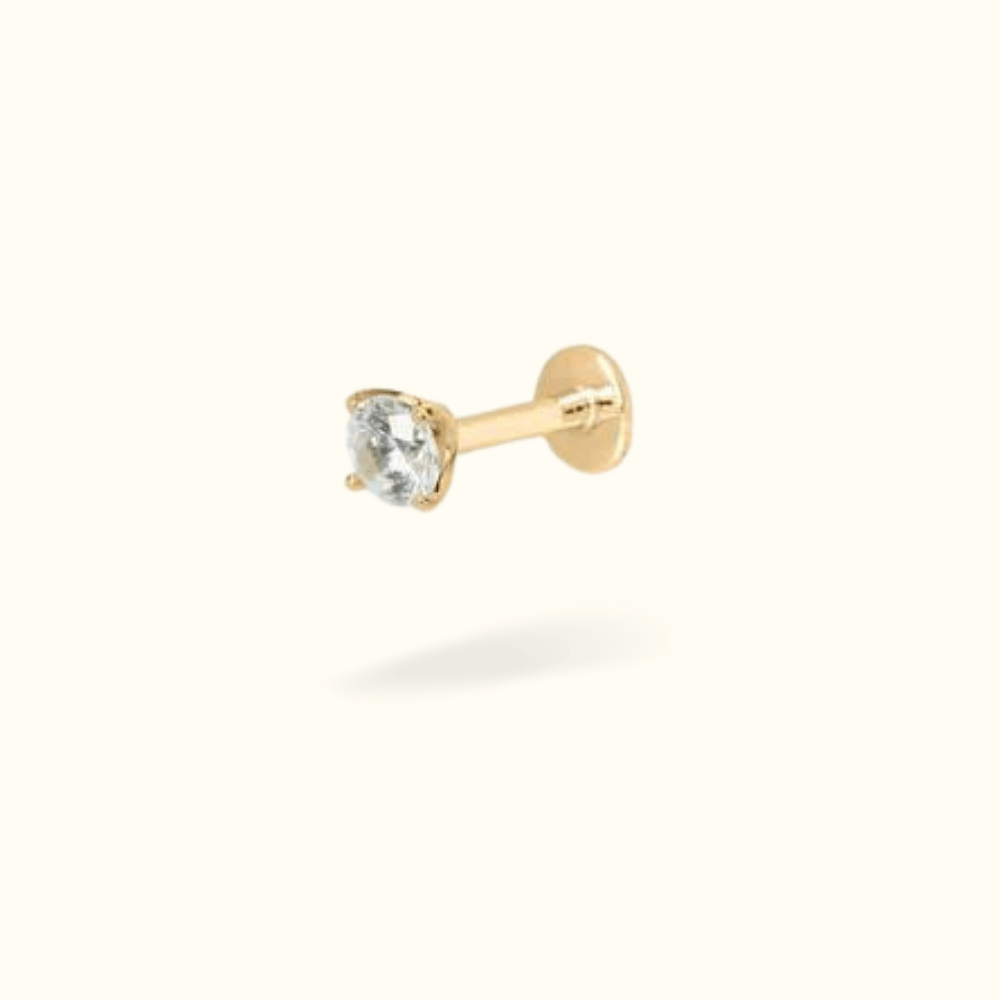
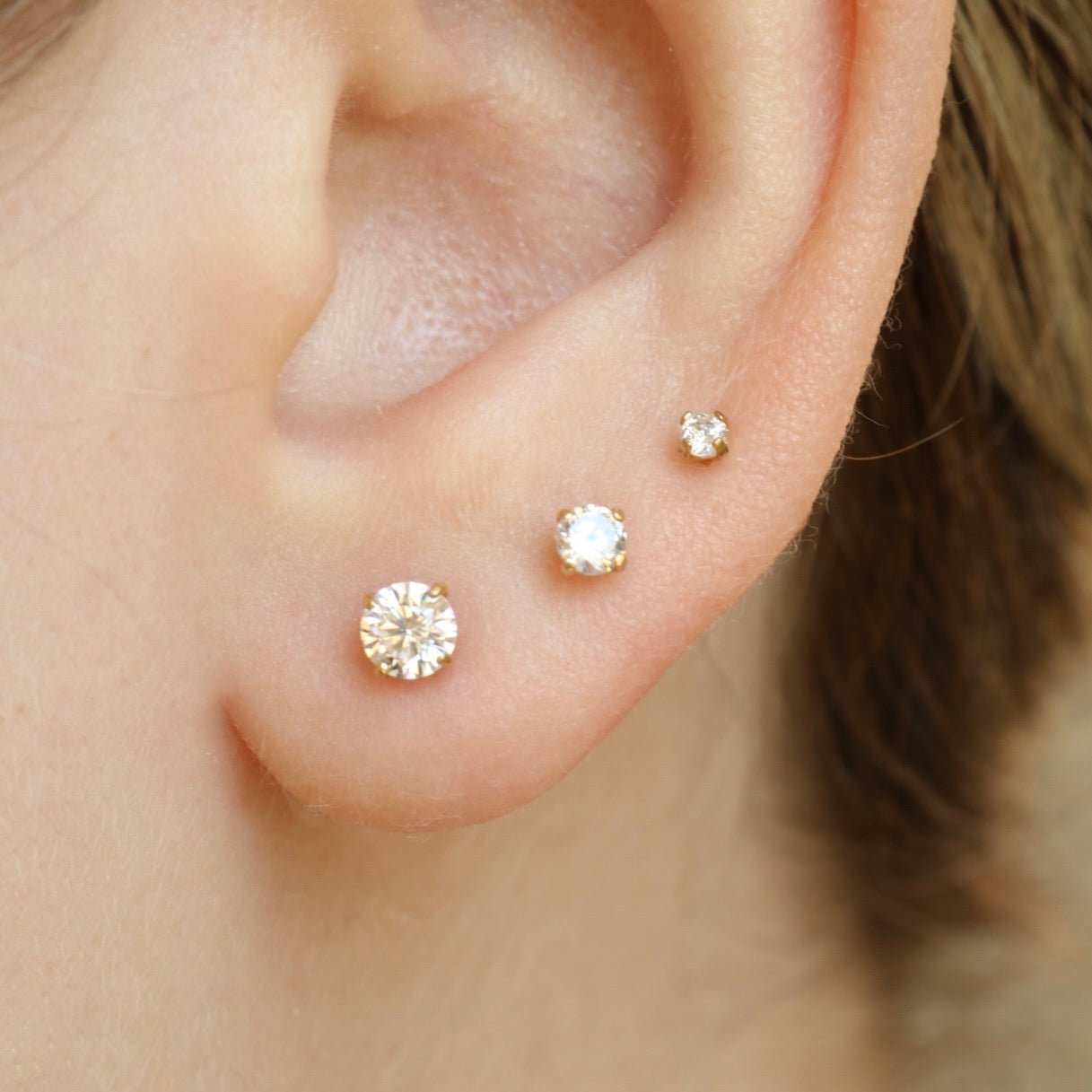
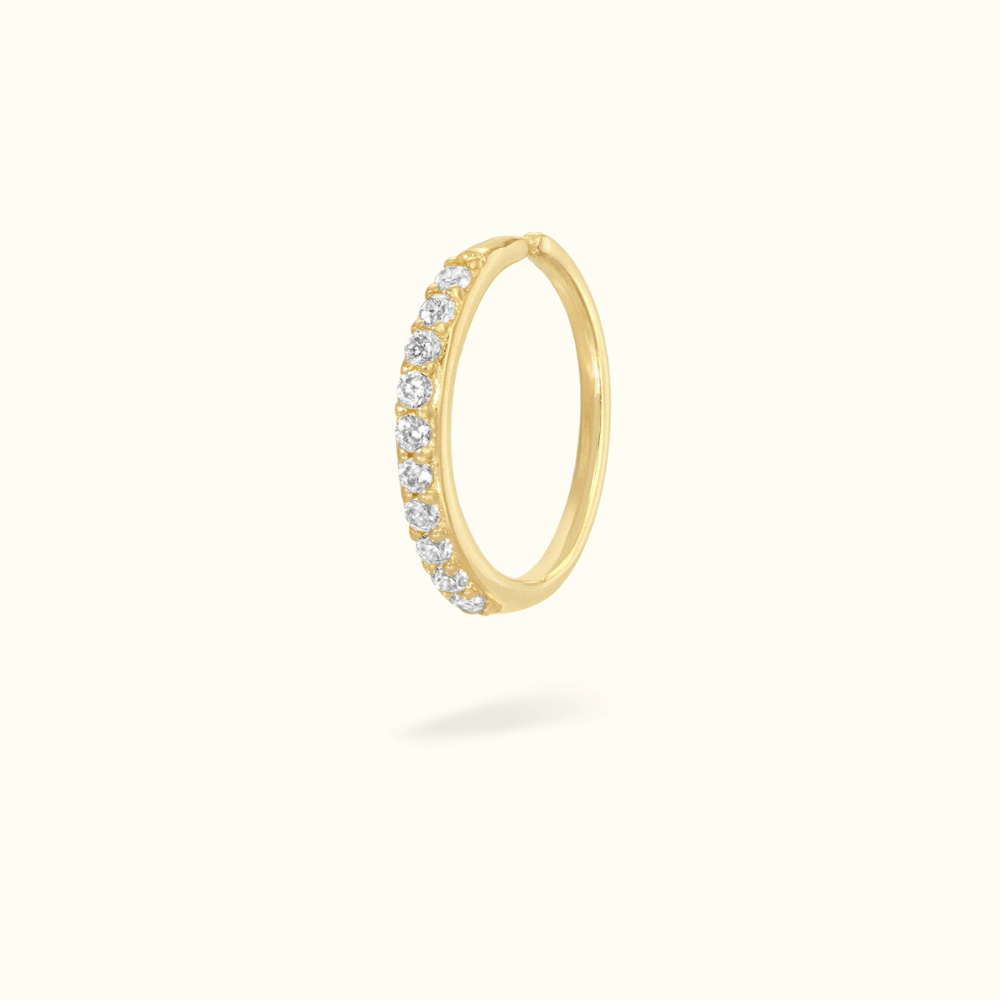
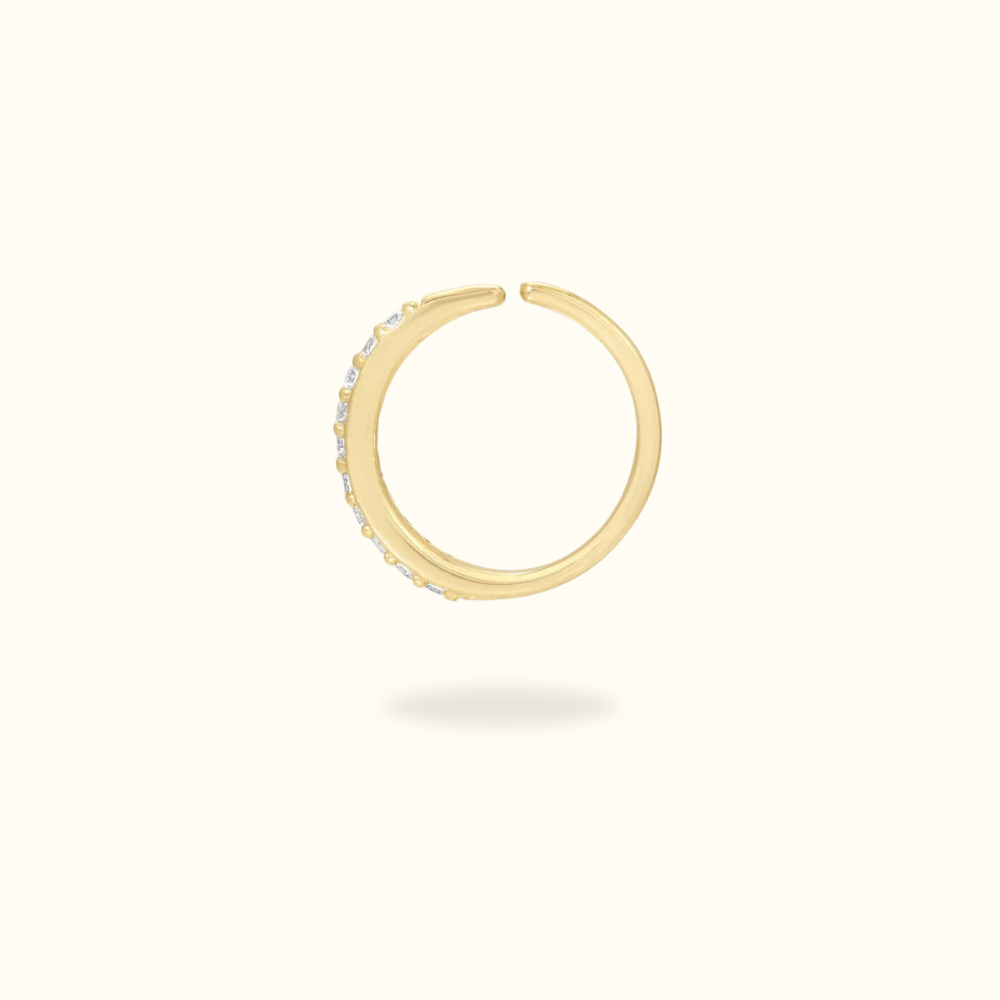


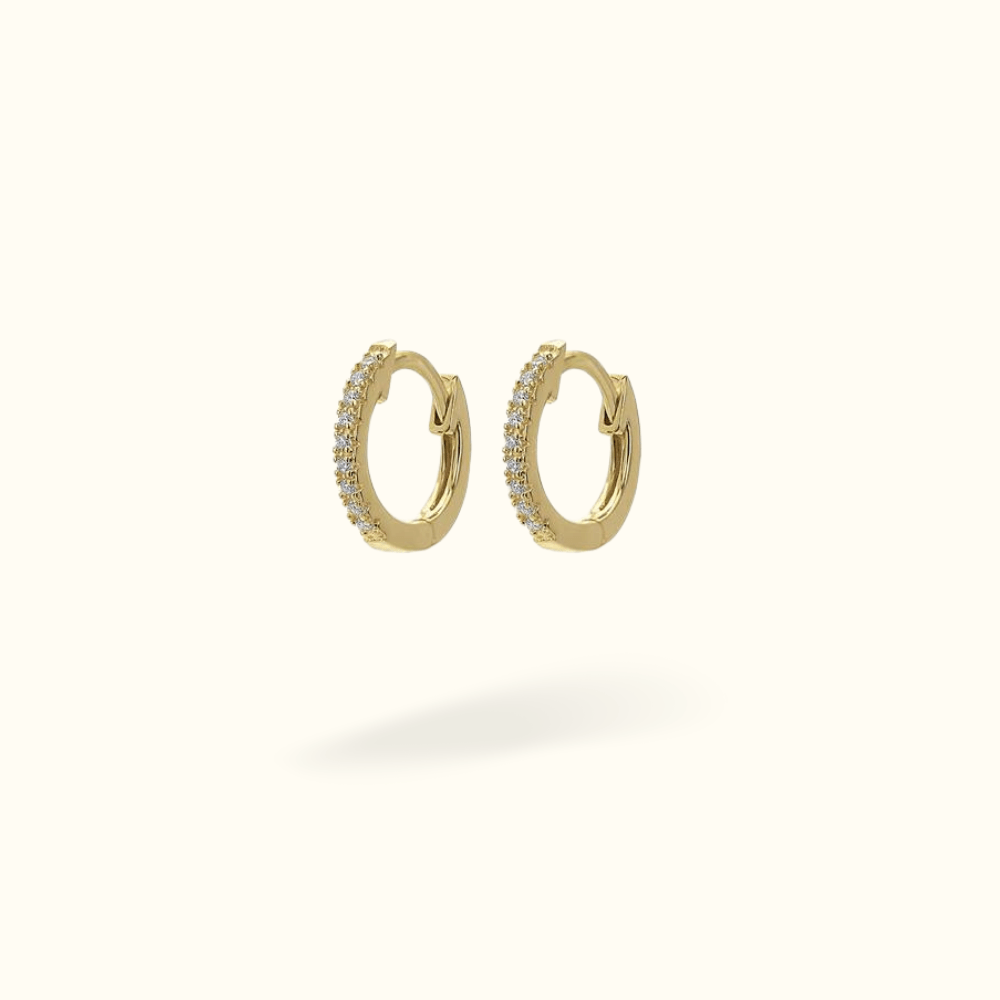
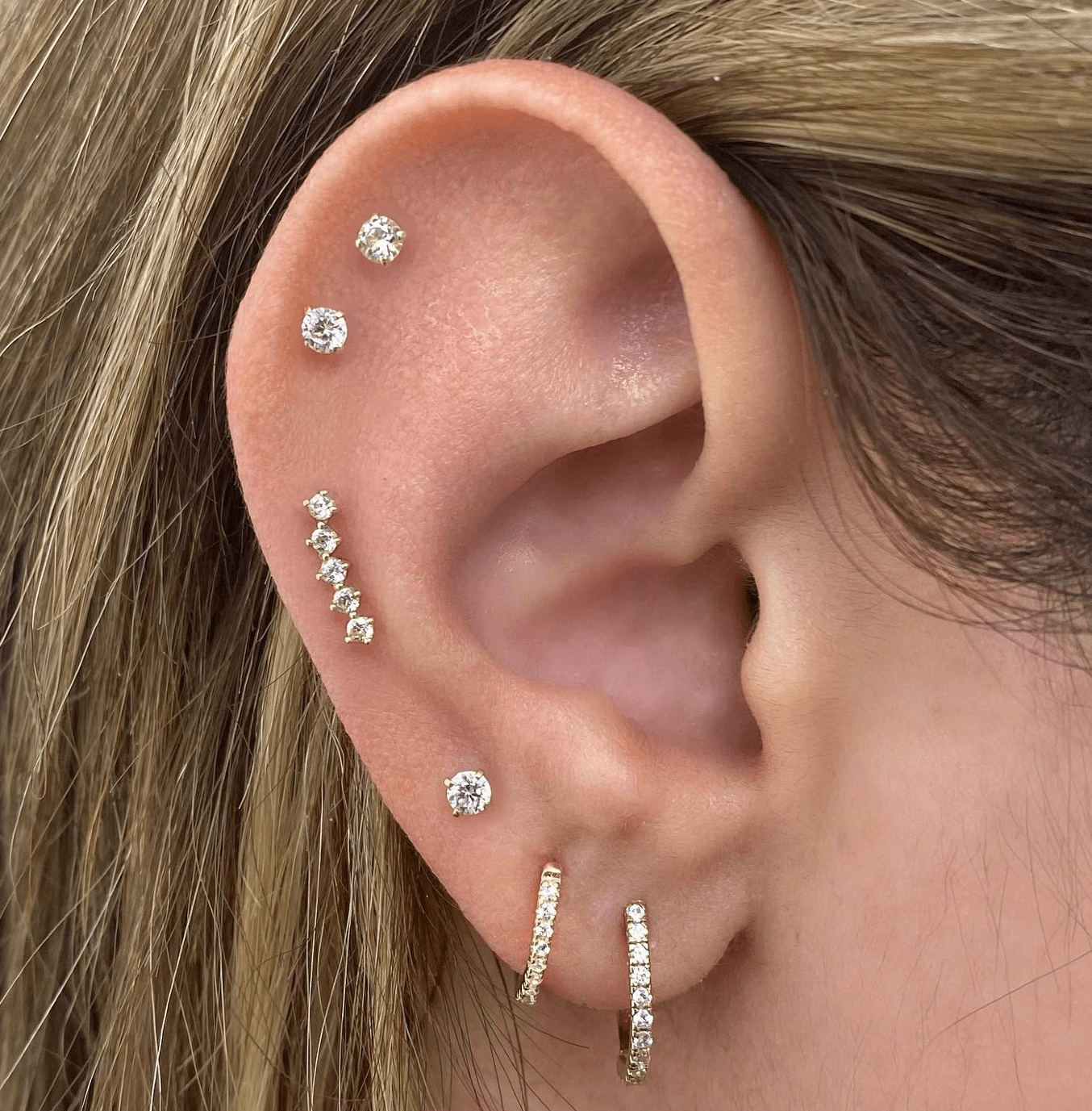

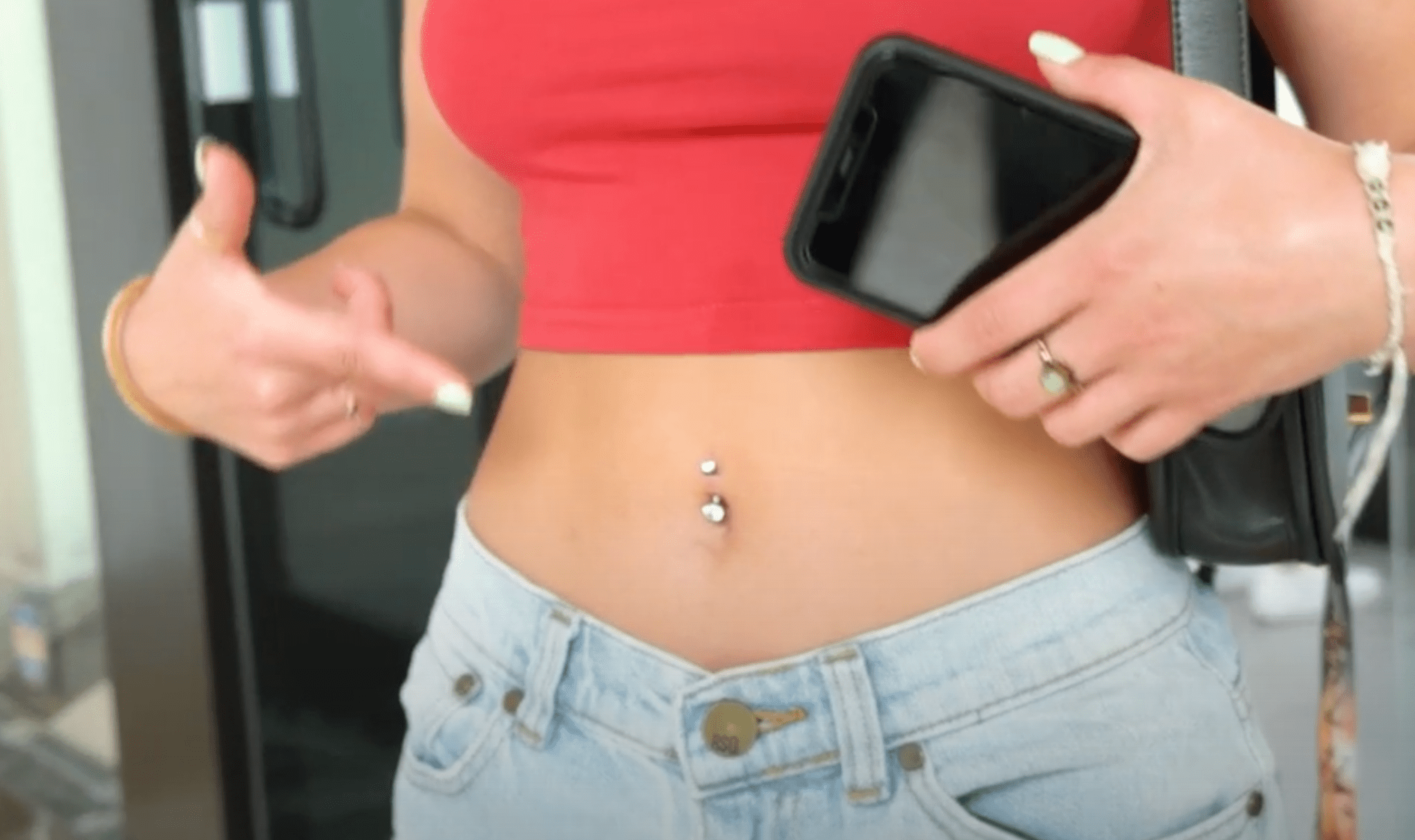



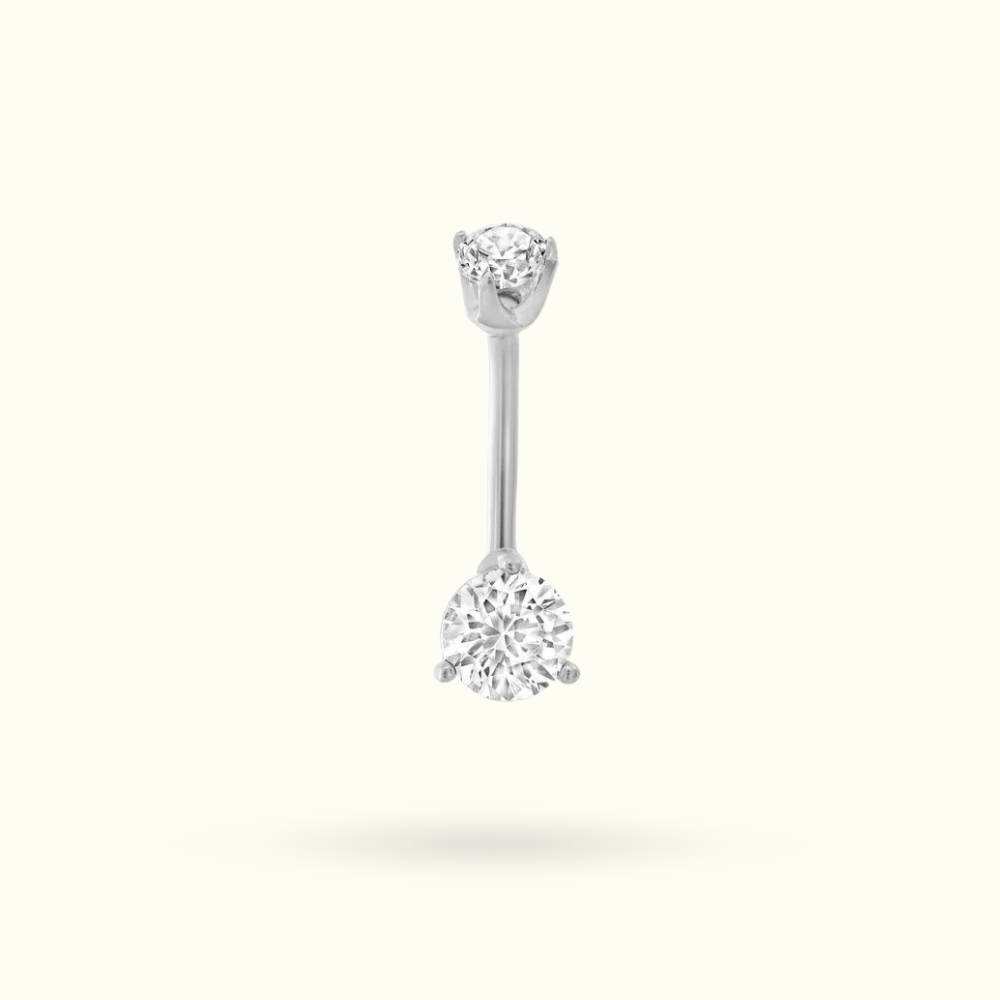
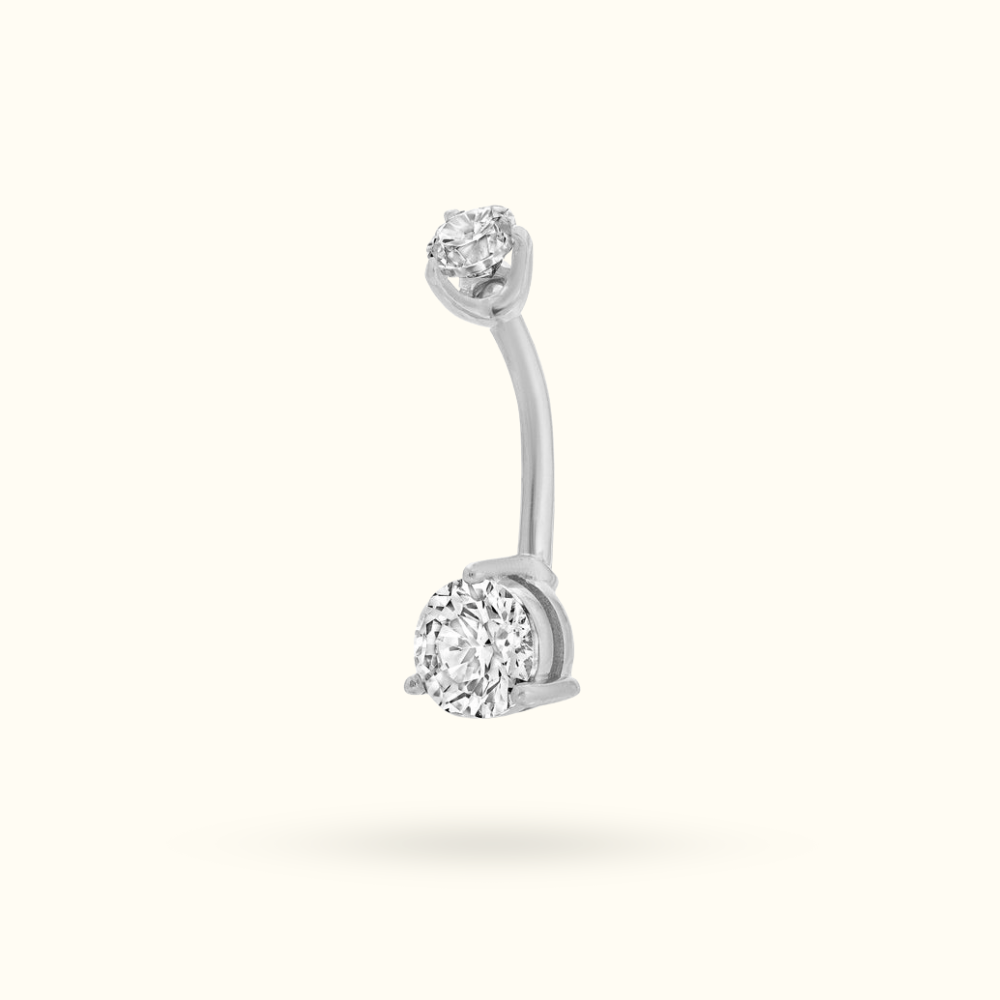






Leave a comment